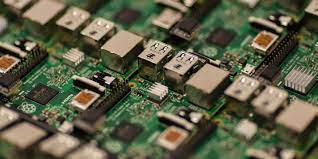Why Are Raspberry Pis So Expensive?

Raspberry Pi is a series of single-board computers that can be connected to a monitor or TV, used to offer a low-cost option for education and experimentation. Despite their small, compact design and affordable price, Raspberry Pi boards can still be seen as slightly expensive compared to a range of other budget board options, including Arduino and Beaglebone.
So what are the reasons behind the relative expense of Raspberry Pi boards?
Initially, the Raspberry Pi Foundation was not-for-profit, and the low cost of its boards came from its genuine wish to make them as affordable as possible. However, as the company has grown and expanded, so has the complexity of the devices they produce. The current Raspberry 4 boasts options for up to 8GB of RAM, Bluetooth 5.0, Wi-Fi 802.11ac, and the potential for dual monitors. All of these advanced features increase the complexity and cost of the boards.
The Raspberry Pi company has invested a significant amount of money and resources into research and development to make their boards more accessible for beginners and more powerful for advanced users, increasing the overall cost of each board. In addition, the foundation has to cover the cost of manufacturing, shipping, and marketing to ensure their products are available worldwide.
Moreover, Raspberry Pi is a company with a strong ethical code, which means it tries to make sure that their factories are more environmentally friendly and safe for those working in them. The company works incredibly hard to supervise their production staff and take into account the pay and work conditions of the people making the board, which can add extra costs.
Lastly, due to the global rise in demand for single board computers, the cost of components for electronic devices, including Raspberry Pi boards, has risen. While this has led to an increase in costs, it has also driven the Raspberry Pi Foundation to invest in long-term solutions such as creating their chips to address the rising costs of components.





